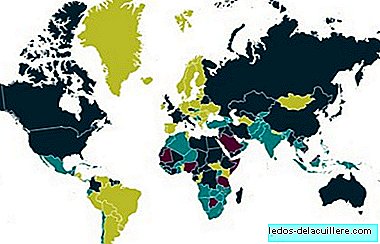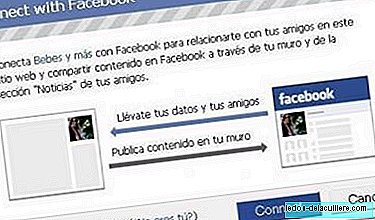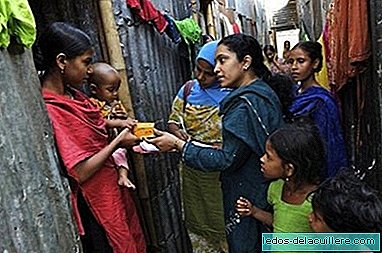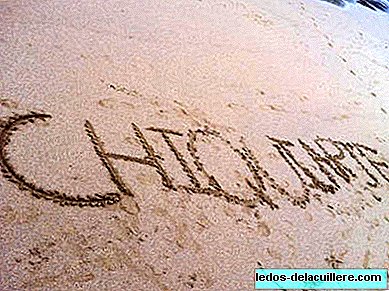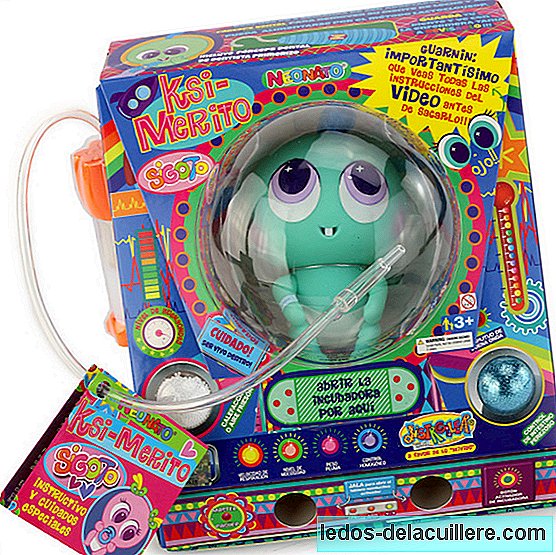
We saw a few days ago that the Breastfeeding Committee of the Spanish Association of Pediatrics recommends promoting and supporting breastfeeding in pediatric practice.
While this support could begin with prenatal visits, during pregnancy, this situation is not widespread, but what we can say is that once the baby is born, effective contact with the pediatrician does begin.
Therefore, the recommendations of the AEP during delivery and immediate postpartum, even in the delivery room and the first visits to the hospital, become more important.
And if they were actually followed by pediatricians, and demanded by mothers, the establishment of a successful breastfeeding would have more possibilities. In addition, they are recommended practices for the baby to be born in a cozy environment.
These are the recommendations for pediatricians during delivery and immediate postpartum:
All healthy newborns need to be placed on top of the mother in skin-to-skin contact, immediately after delivery, there they can be dried and ligation of the umbilical cord and while the placenta is removed assess the need or not for resuscitation avoiding techniques unnecessary that interfere with the establishment of the link.
Apgar assessment and newborn identification practices can be performed with the newborn on top of the mother. Ocular prophylaxis and vitamin K can wait until the first breastfeeding has occurred. It is advisable to avoid aspirating the oropharynx, performing gastric lavage or introducing probes to rule out malformations of choanas or esophageal, in a systematic way, to newborns with adequate Apgar to avoid mucosal lesions that could interfere with the establishment of an adequate suction pattern.
At the present time, about a quarter of the children in our country are born by caesarean section, the majority without general anesthesia and usually do not present problems at birth, obtaining Apgar scores higher than 7. It is advisable to examine them, dry them, put on the clamp of cord cutting the excess of the same and taking them to be recognized by the mother putting them on top of their chest, provided that the clinical situation of mother and child allow it.
It is advisable to keep the newborn in skin-to-skin contact on top of his mother until the first breastfeeding is done during the immediate postpartum period, provided that the condition of the child and the mother allows it, and the father will be encouraged to remain with them. The healthy infant is able to grab the nipple and perform the first breastfeeding immediately after delivery, provided that excessive medication is avoided to the mother during childbirth and that close contact is allowed between mother and child immediately after birth. . It should be remembered that the best source of heat for the newborn is the body of his mother so the bathroom should be delayed until the newborn has made the first breastfeeding and stabilized its temperature.
It has been proven that if the term newborn is placed as soon as he is born in skin-to-skin contact with his mother, the emotional ties between mother and son are strengthened, energy is preserved and the metabolic adaptation of the newborn is accelerated. If it is not separated from its mother during the first 60-70 minutes, the newborn crawls to the breast and makes a correct suction, a fact that has been related to a longer duration of breastfeeding. There is no scientific evidence that restricting early postnatal mother-child interaction has any beneficial effect.
As we can see, these are important points where pediatricians have a lot to say, already in the delivery room.
And since The role of pediatric practice may also be important in promoting breastfeeding., hopefully more professionals join these recommendations turning them into facts, in many more hospitals.


